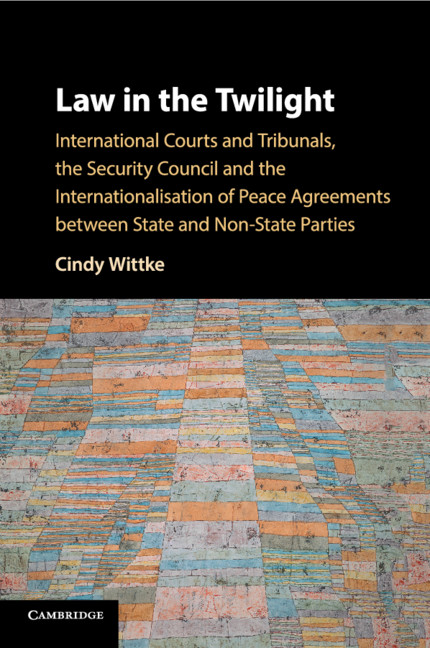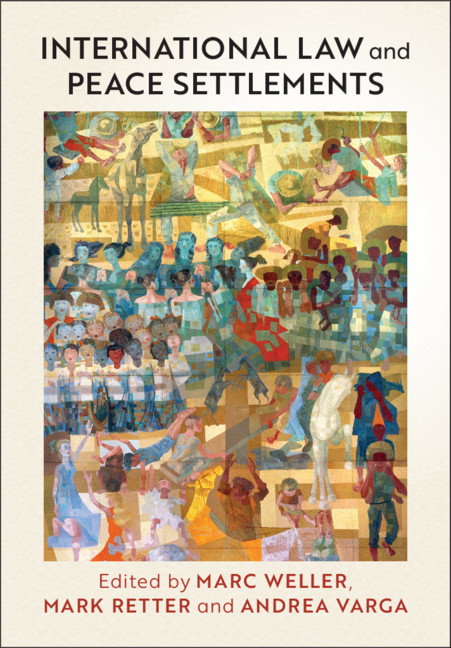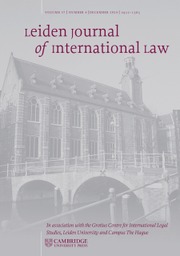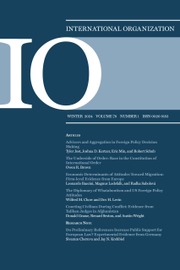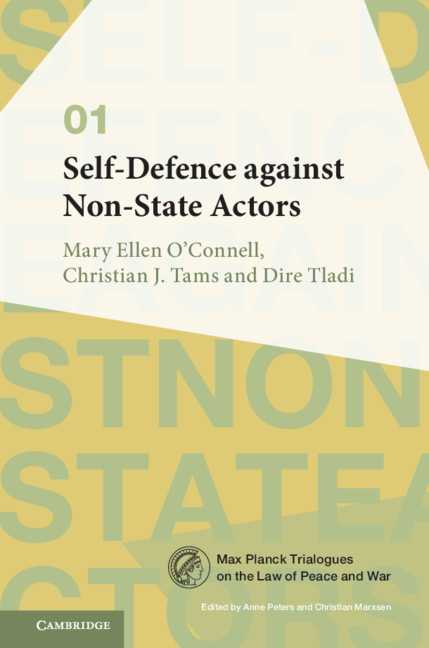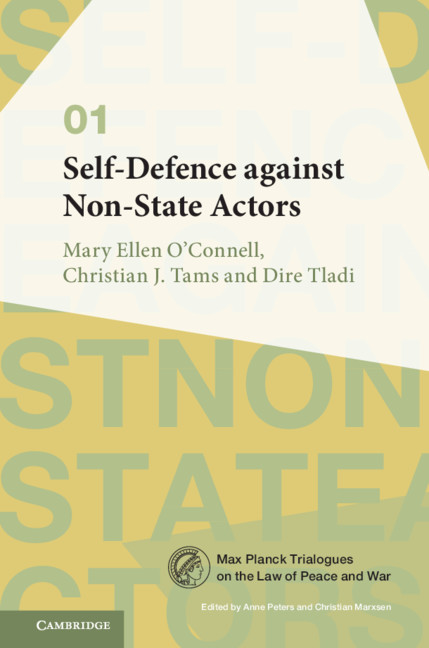The Art of Law in the International Community
International law evolved to end and prevent armed conflict as much as for any other reason. Yet, the law against war appears weaker today than ever in its long history, evidenced by raging armed conflicts in which people are killed, injured, and forcibly displaced. The environment is devastated, and the planet impoverished. These consequences can be traced to the dominant ideology of realism. In 1946, Hersch Lauterpacht challenged that ideology by contrasting it with the idea of international law, composed of natural law, positive law, and process theory. The Art of Law in the International Community revives his vision, rebuilding the understanding of why international law binds, what its norms require, and how courts are the ideal substitutes for war. The secret to the renewal of international law lies in revitalizing the moral foundation of natural law through drawing on aesthetic philosophy and the arts.
- Diagnoses and addresses the weaknesses of international law using the prohibition of force as a focus
- Analyzes the reasons why the law against the use of force is disrespected using the conflicts in Syria, Ukraine, Mali, North Korea, and the South China Sea as case studies
- Explains why natural law should be reintroduced to international legal theory and how that can be done in a secular age by drawing on aesthetic philosophy and the arts
Reviews & endorsements
‘O’Connell’s plea for creative means to both educate international legal participants in, and secure buy-in for, the value of legal process and the importance of peaceful methods of dispute resolution is both powerful and timely, especially given the recent backlash against international tribunals and other international organizations.’ Neha Jain, American Journal of International Law
Product details
May 2019Adobe eBook Reader
9781108682923
0 pages
This ISBN is for an eBook version which is distributed on our behalf by a third party.
Table of Contents
- Acknowledgements
- Introduction
- 1. Revitalizing the theory of international law compliance
- 2. Prohibiting force through peremptory norms
- 3. The UN Security Council for maintaining the peace
- 4. The limited exception for self-defence
- 5. Restricting exceptions for invitation and rebellion
- 6. Revitalizing the process of international dispute resolution
- Conclusion
- Index.



